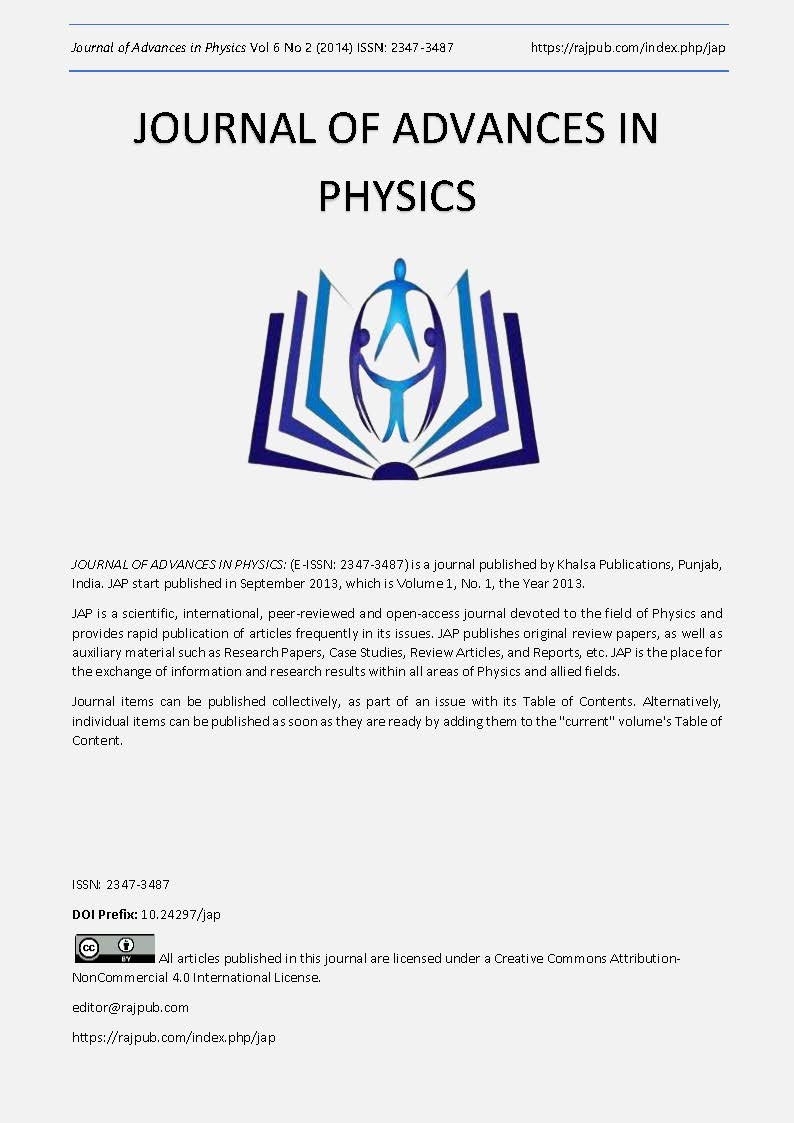MECHANICAL PROPERTIES OF BAMBOO POWDER REINFORCED ETHYLENE PROPYLENE DIENE MONOMER (EPDM) COMPOSITES: EFFECT OF FILLER LOADING AND PARTICLE SIZE
DOI:
https://doi.org/10.24297/jap.v6i2.1787Keywords:
(Bamboo powder, EPDM-rubber, Composite, Thermo-gravimetric analysis, Stress- strain, Dynamic Mechanical Properties)Abstract
Due to the light weight, high specific strength and non hazardous nature of bamboo fiber, it is preferred over synthetic fibers in composite materials for a wide range of applications such as automotive industry and including household sectors. As was noticed, little attention has been given to the effect of bamboo powder on the mechanical properties of rubber composites. Hence, an attempt has been made in this paper to the study the effect of loading and particle size of bamboo powder on the mechanical properties of EPDM composites. Thermo-gravimetric analysis (TGA) was carried out to study the thermal stability of composites. Results indicated that the thermal stability of EPDM was further improved with increasing in bamboo loading and decreasing in particle size. The stress- strain curves of the composites were studied and fitted according toOgdens model. Mechanical parameters for the studied composites were improved with increasing bamboo loading. Besides, properties such as rupture stress, and internal friction were found to be maximum for composites containing certain content of bamboo powder, depending upon its particle size. Moreover, composites containing the smallest particle size of powder, at all levels of bamboo loading, showed mechanical properties superior to all other composites. From the dynamic mechanical measurements, the dynamic modulus, internal friction, and thermal diffusivity were calculated. The observed variations were explained in view of the role played by both the loading level and the particle size of bamboo powder. These findings were supported by scanning electron microscopy (SEM) micrographs.
Downloads
Downloads
Published
How to Cite
Issue
Section
License
 All articles published in Journal of Advances in Linguistics are licensed under a Creative Commons Attribution 4.0 International License.
All articles published in Journal of Advances in Linguistics are licensed under a Creative Commons Attribution 4.0 International License.




